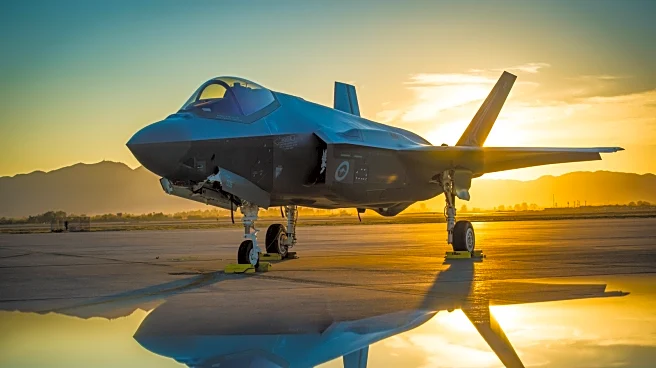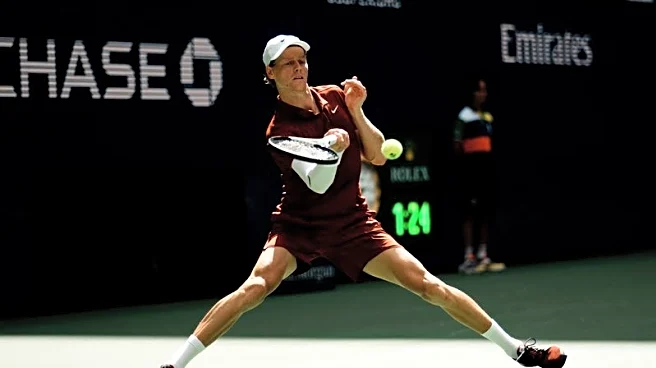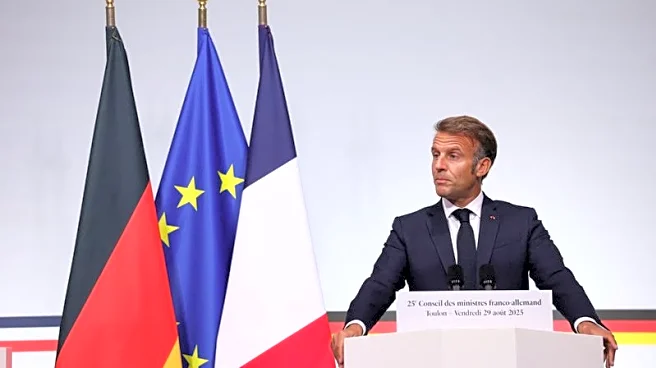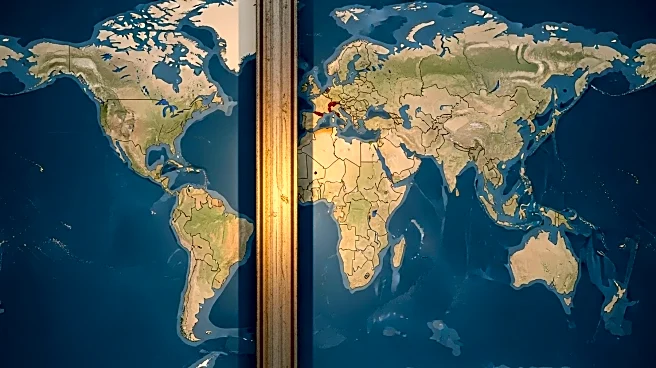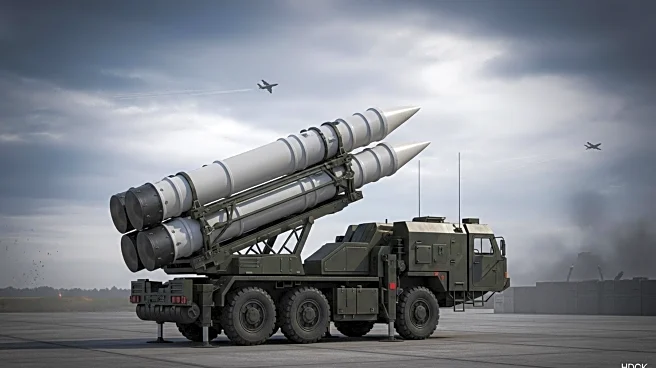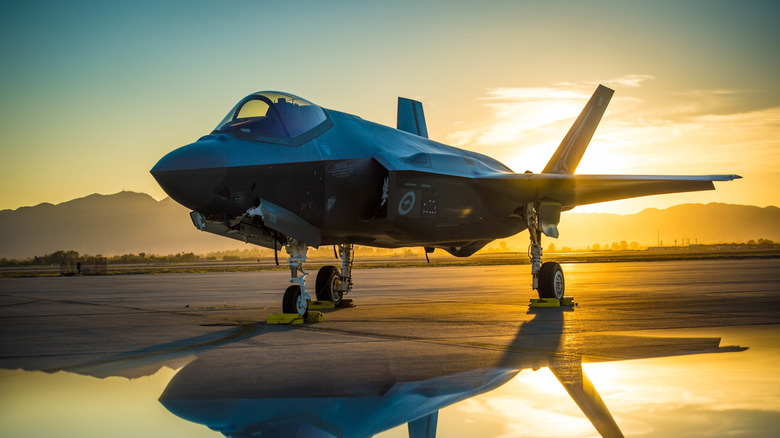
The F-35 Lightning II is a fifth-generation fighter that is flown by 19 countries. However, its international presence isn't restricted to the countries that fly the aircraft -- it also applies to the countries that helped to build it. The plane represents not just a collaboration across military forces, but across development teams that spanned an initial team of nine countries. Each country's role in the fighter's development varied, and some played a larger role than others. Across the globe,
over 1,900 companies contribute to the project. With such a complex supply chain, it's impossible to categorize what every supplier brings to the table, but we can examine all the main players and the part they play in creating one of the most advanced fighter jets currently flying.
All the countries participating in the program are categorized depending on how much they contribute. Level one partnership requires contributing 10% of the costs. The only level one partner is the UK. Level two partners pay between $800 million and $1 billion. The Netherlands and Italy are the project's only level two partners. Finally, level three countries contribute between $125 million and $175 million; these include Australia, Denmark, Norway, Canada, and initially Turkey, although the latter's involvement was revoked in 2019, after Turkey purchased the Russian-built S-400 air defense system. Let's take a closer look at the role that these and other countries have played in creating the multi-role F-35 Lightning II.
Read more: 10 Of The Strangest Military Helicopters Ever Made
The Main Players
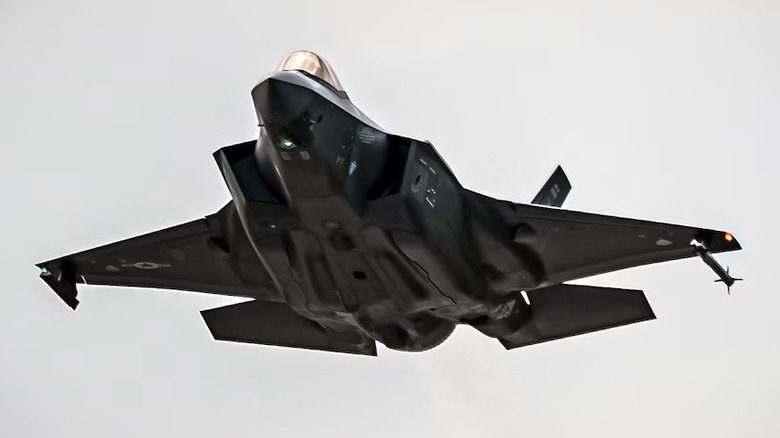
Lockheed Martin is the main contractor for the F-35. They are the driving force behind the jet's development and work with three main partners in the project -- BAE Systems, Northrop Grumman, and RTX. Together, these manufacturers represent the two top countries involved in the F-35: the US and the UK, both of which have been involved in the project since the outset. The American influence on the development is obviously most apparent. Northrop Grumman's contributions include stealth technologies, radar, communication systems, and wing skins. Next is RTX, which supplies the engines (through its Pratt & Whitney subsidiary), the Helmet Mounted Display System, landing systems, and sensors. It also manufactures weapon systems for the plane through its Raytheon subsidiary.
The UK is the only level one partner in the project. More specifically, BAE Systems is the company most involved. Among the company's contributions to the F-35 are the electronic warfare systems, the vehicle management computer, life support systems, and providing the Short Take-Off and Vertical Landing expertise it learned from the legendary Hawker Harrier. BAE also builds all the rear fuselages for the fighter, as well as manufacturing other crucial components, including the horizontal and vertical tail sections. Between them, these American and UK companies are the main contractors for the F-35 Lightning II. However, as we explore next, plenty of other countries have played important roles in building the fighter.
Level Two And Level Three Countries
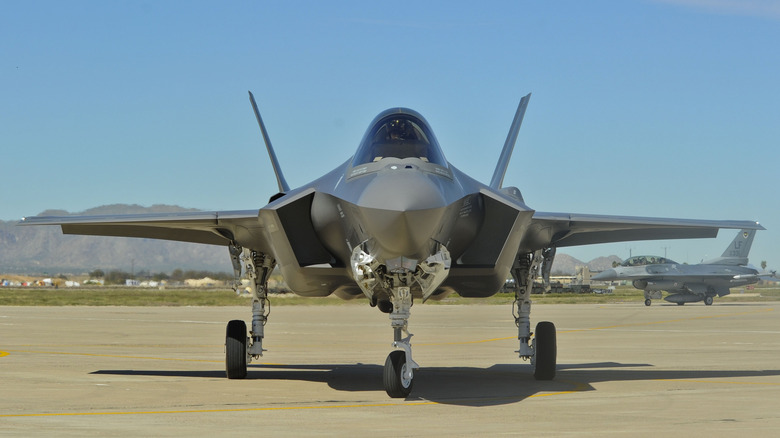
Beginning with level two, we look at Italy. The country contributed $1 billion. Its main involvement is through aerospace firm Alenia Aermacchi (a subsidiary of Leonardo), this company produced the F-35's wing sections. Italy also has a final assembly facility. Next is the Netherlands, which contributed $800 million to the program. Its involvement includes building flight-moveable panels and doors -- such as those used for the landing gear. It also fabricates tooling, including for composite control surfaces.
Moving to level three countries, Danish company Terma has been involved with the F-35 since 2004. It manufactures composite structures, pylons, and electronics. Staying with Nordic countries, the Norwegian company, Kongsberg, manufactures fuselage and rudder parts and has been involved with the program since 2010. Crossing the Atlantic, we can look at Canadian company Magellan Aerospace's contribution. It builds complex structural components for the jet fighter. Finally, we take a trip down under to look at Australia's involvement. Marand is one of the main Australian companies involved, and as well as building vertical tails (subcontracted from BAE Systems), it's also the only source of an F-35 engine removal and installation trailer.
This isn't the end of the story; with a supply chain of 1,900 companies, other countries are inevitably involved. Among others, Germany and Japan have also joined the party. Germany built a factory to manufacture fuselage parts, and Japan has a final assembly plant. Controversially, there have even been Chinese parts used in the plane. Proving the complexity of modern supply chains.
Want the latest in tech and auto trends? Subscribe to our free newsletter for the latest headlines, expert guides, and how-to tips, one email at a time.
Read the original article on SlashGear.
